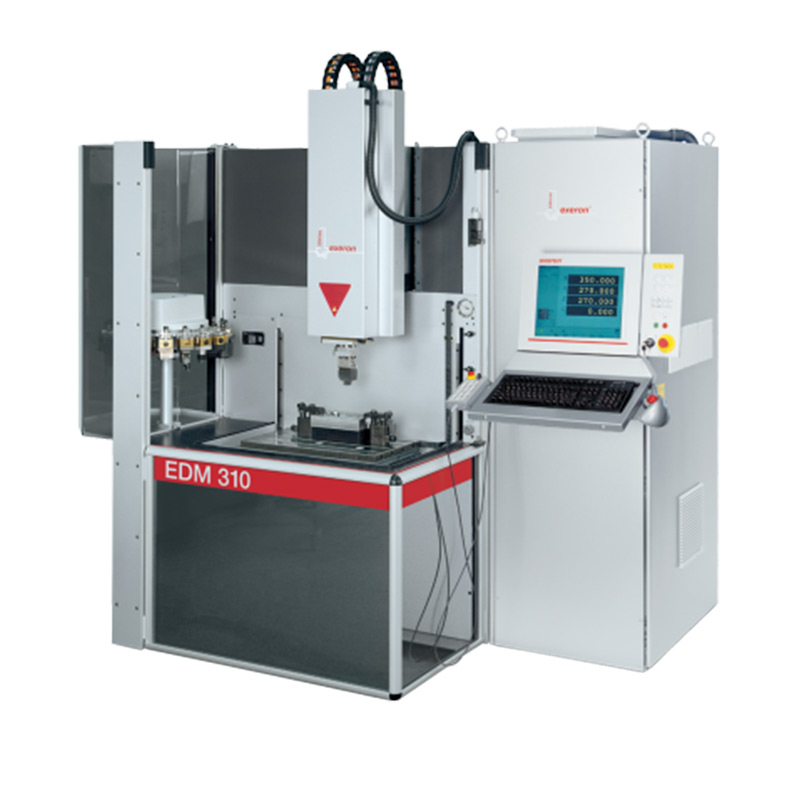
- Afrikaans
- Albanian
- Amharic
- Arabic
- Armenian
- Azerbaijani
- Basque
- Belarusian
- Bengali
- Bosnian
- Bulgarian
- Catalan
- Cebuano
- Corsican
- Croatian
- Czech
- Danish
- Dutch
- English
- Esperanto
- Estonian
- Finnish
- French
- Frisian
- Galician
- Georgian
- German
- Greek
- Gujarati
- Haitian Creole
- hausa
- hawaiian
- Hebrew
- Hindi
- Miao
- Hungarian
- Icelandic
- igbo
- Indonesian
- irish
- Italian
- Japanese
- Javanese
- Kannada
- kazakh
- Khmer
- Rwandese
- Korean
- Kurdish
- Kyrgyz
- Lao
- Latin
- Latvian
- Lithuanian
- Luxembourgish
- Macedonian
- Malgashi
- Malay
- Malayalam
- Maltese
- Maori
- Marathi
- Mongolian
- Myanmar
- Nepali
- Norwegian
- Norwegian
- Occitan
- Pashto
- Persian
- Polish
- Portuguese
- Punjabi
- Romanian
- Russian
- Samoan
- Scottish Gaelic
- Serbian
- Sesotho
- Shona
- Sindhi
- Sinhala
- Slovak
- Slovenian
- Somali
- Spanish
- Sundanese
- Swahili
- Swedish
- Tagalog
- Tajik
- Tamil
- Tatar
- Telugu
- Thai
- Turkish
- Turkmen
- Ukrainian
- Urdu
- Uighur
- Uzbek
- Vietnamese
- Welsh
- Bantu
- Yiddish
- Yoruba
car cleaning pressure washer
The Ultimate Guide to Using a Pressure Washer for Car Cleaning
When it comes to keeping your vehicle looking pristine, a pressure washer can be a game-changer. With its powerful jets of water, this tool can efficiently blast away dirt, grime, and other residues that traditional washing methods may struggle with. In this article, we’ll explore the best practices for using a pressure washer for car cleaning, the equipment you’ll need, and tips to ensure you achieve that showroom shine without causing any damage.
Why Use a Pressure Washer?
A pressure washer offers several advantages over manual washing. First, its high-pressure water stream can easily dislodge stuck-on dirt and debris. This means less scrubbing and a quicker cleaning process. Additionally, pressure washers can save you a significant amount of water compared to typical garden hose use, as they effectively utilize higher pressure to deliver powerful cleaning while using less overall water. Lastly, for those tough spots like wheel wells and undercarriages, a pressure washer can reach areas that are often neglected.
Choosing the Right Pressure Washer
When selecting a pressure washer for cleaning your car, it's essential to choose one that has adjustable pressure settings. Typically, a pressure washer with a PSI (pounds per square inch) rating of 1200 to 1900 is ideal for car washing. Anything higher may risk damaging your vehicle's paint or other sensitive components. Look for models that come with interchangeable nozzles, as different spray patterns can be useful for various tasks.
Essential Accessories
To maximize the effectiveness of your pressure washer, consider investing in a few key accessories 1. Foam Cannon This attachment allows you to apply soap to your vehicle in a thick, frothy layer, which helps to lift dirt before rinsing. 2. Soft Brush Using a brush with soft bristles is great for scrubbing the surface without scratching the paint. 3. Wheel and Tire Cleaner Specialized nozzles or brushes designed for wheels can help remove brake dust and grime effectively. 4. Detailing Nozzle A narrower spray pattern can assist in reaching tighter areas of your car.
car cleaning pressure washer

Preparing Your Vehicle
Before you start cleaning, prep your car 1. Remove Debris Take out any loose items from the interior and trunk of your car. This ensures you don’t accidentally spray water inside. 2. Rinse the Car Use the pressure washer on a low setting to do an initial rinse, removing loose dirt and debris from the surface. 3. Check for Damage Inspect your car for any existing paint chips or scratches. These may be further damaged if subjected to high-pressure water directly.
Step-by-Step Car Washing Process
1. Apply Foam Using the foam cannon, apply a generous amount of car wash soap to the vehicle, starting from the top and working your way down. Let it sit for a few minutes to break down grease. 2. Scrub Gently After the foam has done its job, use a soft brush or wash mitt to scrub the car gently. Focus on one section at a time. 3. Rinse Switch back to your pressure washer and rinse off the soap, beginning at the top and working your way down. This helps prevent soap from drying on the surface. 4. Clean Wheels Use the detailing nozzle or soft brush to clean the wheels and tires thoroughly. 5. Final Rinse After washing and rinsing the entire car, give it one last rinse to ensure all soap and dirt are washed away.
Post-Cleaning Care
After washing your car with a pressure washer, drying it properly is crucial. Use a microfiber towel to dry the surface to prevent water spots. Additionally, applying a wax or sealant after washing can protect the paint and enhance the shine.
Conclusion
Using a pressure washer for car cleaning can transform your car detailing routine, making it faster and more effective. By following the right steps, using appropriate accessories, and ensuring you maintain a safe pressure level, you can achieve a spotless and shiny finish without risking damage to your vehicle. Embrace the power of pressure washing, and enjoy a cleaner car that stands out on the road!
-
Integrating Aqua Tunnel Car Wash in Shopping CentersNewsJun.24,2025
-
Gas Station with an Auto Car Wash MachineNewsJun.24,2025
-
Efficiency in Your Aqua Tunnel Car Wash: Power & Water-SavingNewsJun.24,2025
-
Car Wash Business with Advanced Auto Car Cleaning MachinesNewsJun.24,2025
-
Balancing Setup Costs with Aqua Tunnel Car WashNewsJun.24,2025
-
Aqua Tunnel Car Wash: Eco-Design for the Energy-Savvy EntrepreneurNewsJun.24,2025



